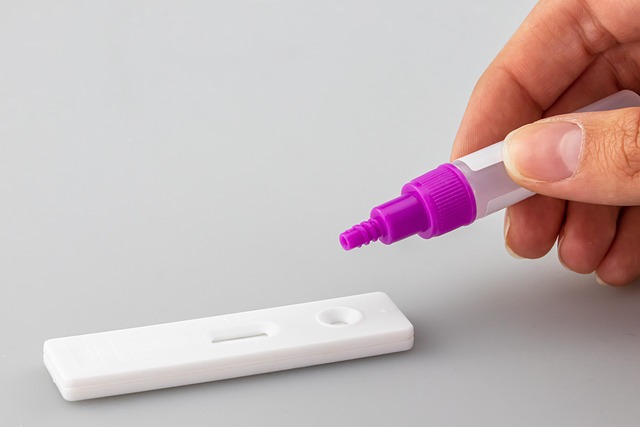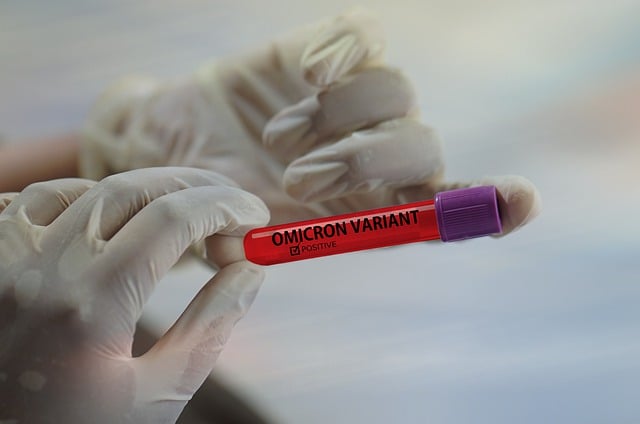Private testosterone testing is a convenient and discreet way for aging men to take control of low T symptoms, enabling early detection and informed decisions about lifestyle adjustments or medical treatments like testosterone replacement therapy (TRT). Regular testing every 3-6 months helps maintain optimal hormone levels within normal ranges (300-1000 ng/dL) and facilitates personalized healthcare choices with healthcare providers.
Low testosterone levels can have significant impacts on overall health and well-being. Recognizing early symptoms is crucial for timely intervention. This article explores common signs of low T, emphasizing the importance of regular screening through private testosterone testing—a confidential option for proactive health management. By understanding these indicators and navigating available treatments, individuals can take control of their health and improve quality of life.
- Understanding Low Testosterone: Common Symptoms
- Private Testosterone Testing: A Confidential Option
- Early Detection: Benefits of Regular Checks
- Navigating Treatment: Post-Test Strategies
Understanding Low Testosterone: Common Symptoms

Low testosterone, often referred to as Low-T, is a common condition affecting many men, especially as they age. It’s crucial to recognize that early detection can significantly impact treatment outcomes and overall quality of life. The symptoms of Low-T are diverse and may vary from person to person, but understanding these signs is essential for prompt action. Many men often overlook the subtle changes in their bodies, which can lead to more severe health issues over time.
The most common symptoms include a decrease in sexual drive and performance, fatigue, muscle weakness, increased stress levels, and changes in mood and energy levels. Some may also experience hot flashes, night sweats, and difficulty concentrating. Recognizing these early indicators is where the benefits of a men’s testosterone testing guide come into play. Private testosterone testing options allow individuals to take charge of their health by providing accurate results without the need for extensive medical procedures. This proactive approach enables men to explore natural ways to boost testosterone test levels through lifestyle changes or, if necessary, seek appropriate medical interventions.
Private Testosterone Testing: A Confidential Option

For many men experiencing low T symptoms, private testosterone testing offers a discreet and convenient solution. This confidential option allows individuals to take charge of their health without the stigma or potential discomfort associated with traditional medical settings. With online testosterone testing services readily available, men can easily access at-home kits that provide quick and accurate results.
Knowing the signs you need a testosterone test is essential in managing your overall well-being. If you’re concerned about low T levels, private testosterone testing can be the first step towards exploring potential treatment options, including testosterone replacement therapy after testing reveals deficiencies. This proactive approach ensures men receive the necessary care for optimal health and vitality.
Early Detection: Benefits of Regular Checks

Early detection is key when it comes to managing low testosterone levels. Regular checks through private testosterone testing can provide valuable insights into an individual’s hormonal health, allowing for timely intervention if any abnormalities are detected. This proactive approach offers several advantages. Firstly, it enables men to understand their baseline hormone levels and what constitutes a normal testosterone range—typically around 300-1000 nanograms per deciliter (ng/dL) for adult males. Knowing this reference point is crucial as it helps in distinguishing between natural fluctuations and potential deficiencies.
Moreover, private testing facilitates personalized healthcare decisions. If results indicate a low T level, men can discuss the findings with their doctors and explore options like testosterone replacement therapy (TRT). After testing, it’s recommended that men consult healthcare professionals to interpret results accurately and determine if TRT is an appropriate next step. As such, men should consider how often they should test—typically every 3-6 months—to maintain optimal hormone levels and ensure any changes are addressed promptly.
Navigating Treatment: Post-Test Strategies

After receiving a diagnosis of low testosterone (low T), navigating treatment options is crucial. The first step in many cases is to consult with a healthcare provider who can guide men through available treatments, such as therapy or hormone replacement therapy (HRT). It’s essential to discuss the pros and cons of each option, considering factors like lifestyle changes, potential side effects, and long-term management.
One important strategy involves regular monitoring of testosterone levels using reliable methods like private testosterone testing. This can help men track their progress, adjust treatments as needed, and ensure optimal hormone balance. Comparing home testing kits against clinical tests (like those offered by healthcare providers) can inform the best approach based on accuracy, convenience, and cost. Following a personalized testosterone levels testing protocol allows for proactive management of low T symptoms, emphasizing early detection and continuous care.
Low T symptoms can often be overlooked, but early detection through private testosterone testing is crucial. By understanding common symptoms and regular checks, individuals can navigate treatment with confidence. Remember, timely intervention can significantly enhance quality of life, ensuring a healthier future. Consider private testosterone testing as a proactive step towards managing your well-being.
